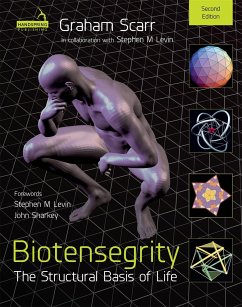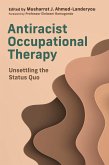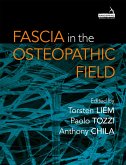The emerging science of biotensegrity provides a fresh context for rethinking our understanding of human movement, but its complexities can be formidable. Biotensegrity: The Structural Basis of Life, Second edition - now with full color illustrations throughout - explores and explains the concept of biotensegrity and provides an understanding and appreciation of anatomy and physiology in the light of the latest research findings. The reader learns that biotensegrity is an evolving science which gives researchers, teachers, and practitioners across a wide range of specialisms, including bodyworkers and movement teachers, a deeper understanding of the structure and function of the human body. They are then able to develop clinical practice and skills in light of this understanding, leading to more effective therapeutic approaches, with the aim of improved client outcomes. The second edition provides expanded coverage of the developmental and therapeutic aspects of biotensegrity. Coverage now includes: A more thorough look at life's internal processes Closed kinematic chains as the new biomechanics Embryological development as an evolutionary process The human body as a constantly evolving system based on a set of unchanging principles Emergence, heterarchies, soft-matter and small-world networks A deeper look at what constitutes the therapeutic process








